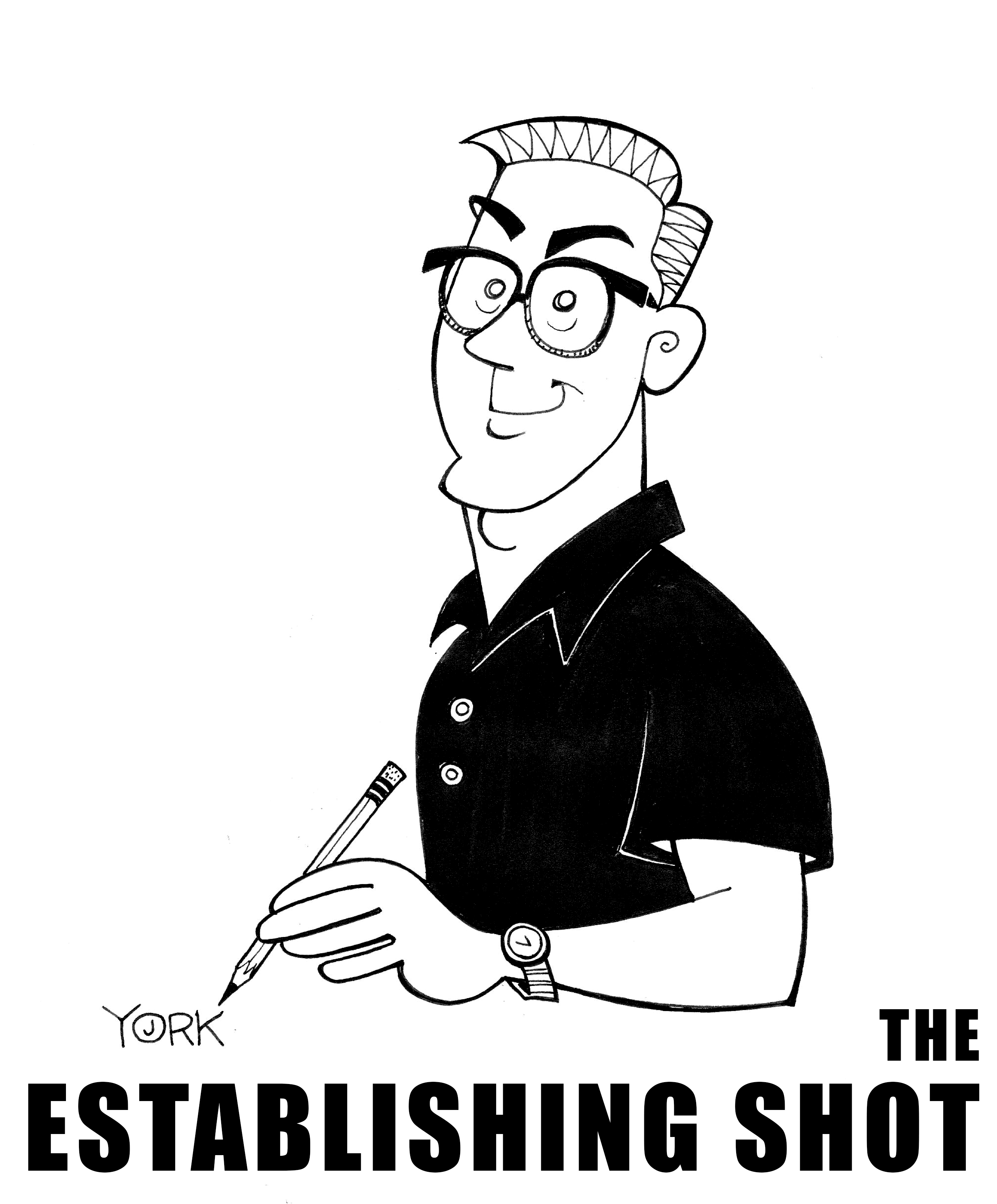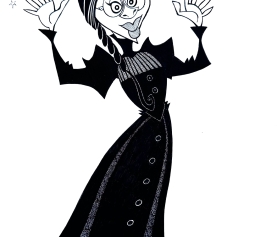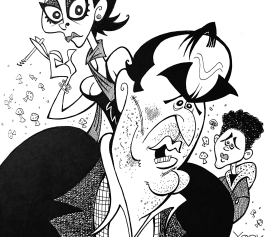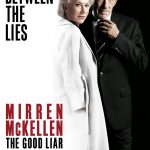
Time was that political thrillers were fairly common in the cineplex. During the 60s and 70s, with America’s heightened awareness of Viet Nam, assassination, and Watergate, films like THREE DAYS OF THE CONDOR, THE PARALLAX VIEW, and MARATHON MAN were three of many critical and box office hits. Now, in our modern and perilous political times, it seems that such films are making a comeback. Perhaps the daily drama that is D.C. cannot help but yield such cinema. One of the smartest and most compelling of the current crop of political thrillers is the just-released THE REPORT. (It’s in select theaters now and dropping on Amazon Prime November 29th.) It’s so good in telling its tale of torture and cover-up, it will likely anger you, but don’t let that keep you away from this crackling thriller.
The report at the center of the story is the one detailing all the “enhanced interrogation techniques” (EIT) that the CIA used in their secretive program put in place after 9/11. It was supposed to get terrorist suspects to talk and prevent potential future terrorist attacks, but as we all know now, such practices were not only un-American but they hardly produced the promised results.
As the film starts, Senator Diane Feinstein (a droll Annette Bening), the chair of the Senate Select Committee on Intelligence, commissions staffer Daniel J. Jones (an earnest Adam Driver) to investigate just how these practices were ordered and what came of the various cases, ugly, unimaginable details and all.
Most of those in the audience already know the abuses uncovered in the report, including the infamous waterboarding that took place at secret and illegal black sites in foreign countries. Screenwriter and director Scott Z. Burns’ film recreates many of the horrific events in flashback as Jones’ small team discovers more and more details about them. Yet, despite the inherent drama in recreating such events on film, the crux of the story here lies in what happened while trying to bring such practices to light.
The more truths Jones uncovers, the more the powers that be over him want to keep it buried. And as his investigation takes him up the food chain, he finds obstacles at every level. His access gets denied, facts are altered, proof disappears, and even his own computers are hacked by outside forces. Adding insult to such injury, Jones can’t be sure who’s on his side anymore. Metaphorically speaking, Jones is put through his own abuse by the United States government as well.
The success of such storytelling lies within just how a filmmaker makes these events snap, crackle, and pop. Burns manages to make phone calls, staring at computer screens, and closed-door meetings into tense scenes filled with dread. The journey is the drama and Jones’ discovery of villainy throughout makes every moment feel uneasy.
Shrewdly, Jones is portrayed as a pragmatic official, a virtual clean slate, starting out with no agenda other than to find out what happened. But by the end, after all of the skullduggery swirling around him, Jones is left with no other recourse than to become a whistleblower. And in playing Jones, Driver starts out incredibly measured and steady, but by the end, he’s constantly on edge, showing just how all the events really affected his composure and sense of safety.
It can be depressing watching the government act so unseemly in their efforts to extract information from prisoners, let alone sheltering such findings, but Burns adds sly juxtaposition throughout the proceedings. He cleverly juxtaposes Feinstein’s dour demeanor with her ridiculously bright clothing. Jones’ work to shine a light on torture takes place in a basement office with no windows. And in order to make the report more palatable for the higher-ups, Jones must keep going back to trim the pages down to a more readable stack. It’s funny, but tragic too.
Driver gives an exceedingly shrewd and clever performance here, never overacting any of his character’s paranoia. The actor projects an air of decency and stalwartness at all times, not dissimilar to James Stewart, and it keeps us rooting for him even when things get really dark. A lot of good actors play small roles around him and leave vivid impressions. Playing various friends and foes to the investigation are Jon Hamm, Michael C. Hall, Maura Tierney, Corey Stall, Tim Blake Nelson, and Linda Powell. They’re all terrific.
Douglas Hodge and T. Ryder Smith make for especially loathsome baddies in the story, playing the hot dog doofuses who convinced the CIA’s George Tenet (Dominic Fumusa) that vicious torture techniques would open the flood gates of confession. And you probably won’t be able to watch ex-CIA director John Brennan guest on MSNBC the same after seeing Ted Levine’s shifty portrayal of him.
Occasionally, Burns overplays some of the outrages, indulging his employment of some painfully obvious visual metaphors. Jones spends a lot of time throughout D.C. being dwarfed by the citie’s ginormous monuments. Yep, we get it, he’s the little guy fighting city hall.
The casting of Driver plays like a clever homage to those political thrillers of the 70s too with his unconventional leading man looks that harken back to the era’s stars like Hoffman, Al Pacino, Elliott Gould, and Richard Benjamin. And boy, is Driver having a year. He’s getting all kinds of attention for Noah Baumbach’s MARRIAGE STORY as well, and in his short, 10-year career so far, the actor has managed to work for Martin Scorsese, Steven Spielberg, Steven Soderbergh, the Coen Brothers, Jim Jarmusch, and Spike Lee. Just to name a few. Yet to come this December? Driver will appear for the third time as Kylo Ren in the new STAR WARS trilogy. With all that going for him, Entertainment Weekly would be wise to pick Driver as their entertainer of the year. That’s who should headline their year-end report.







